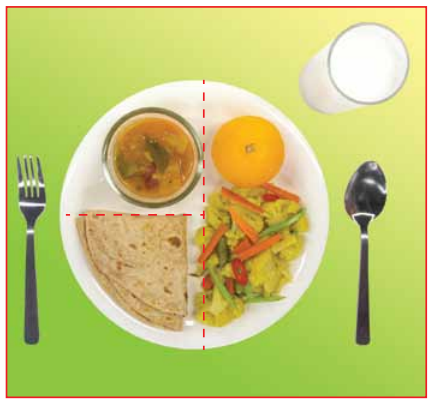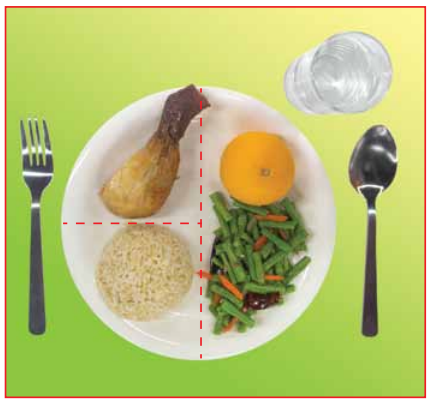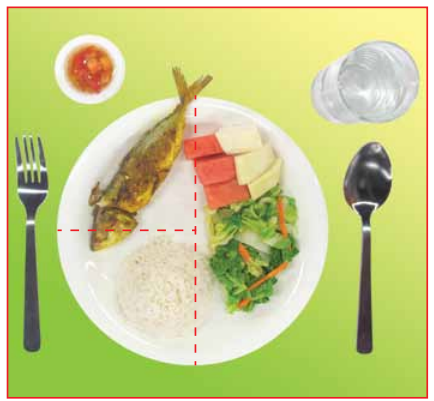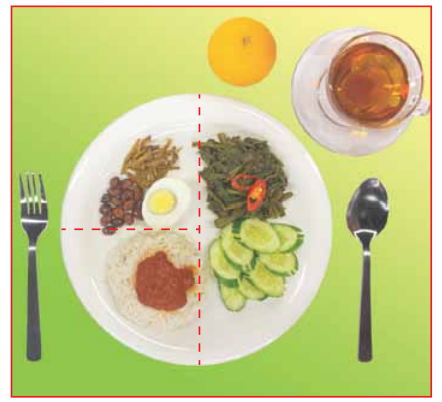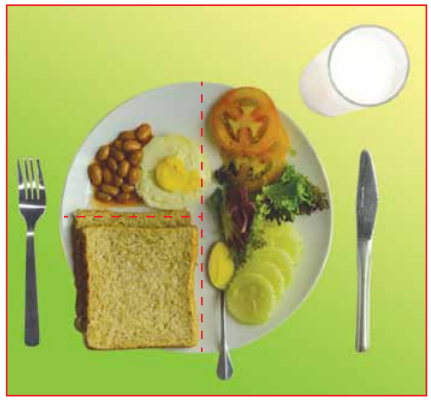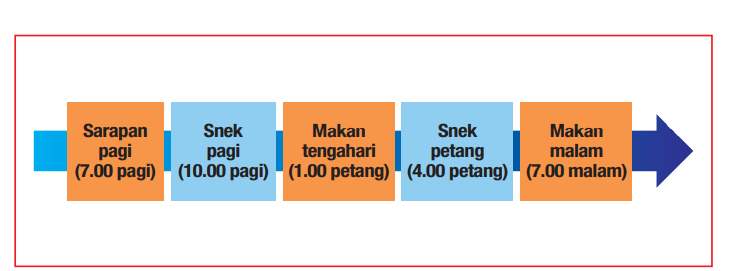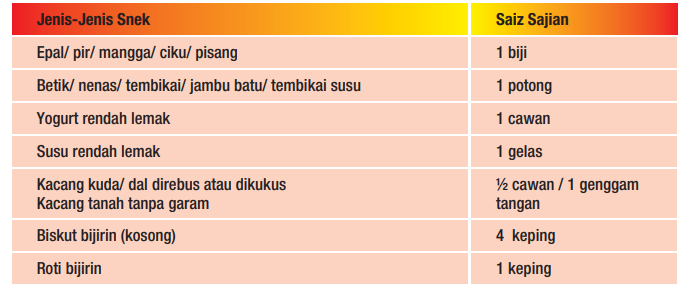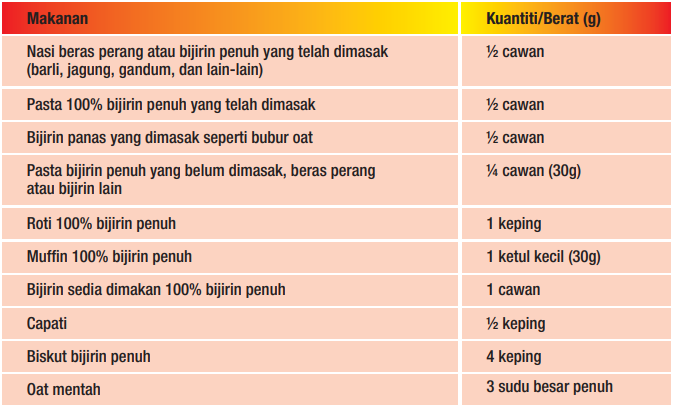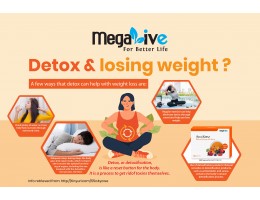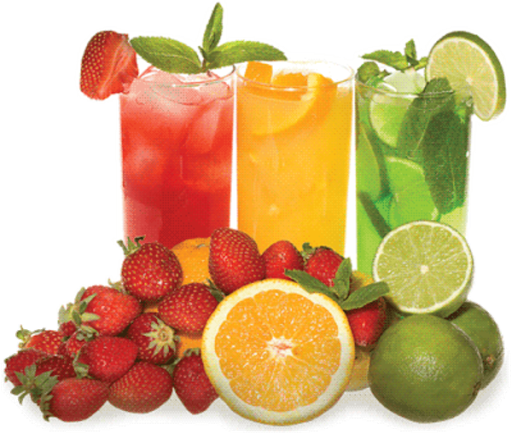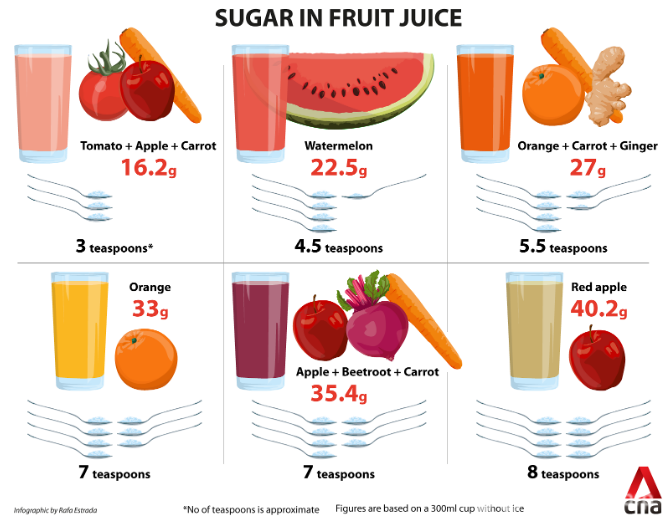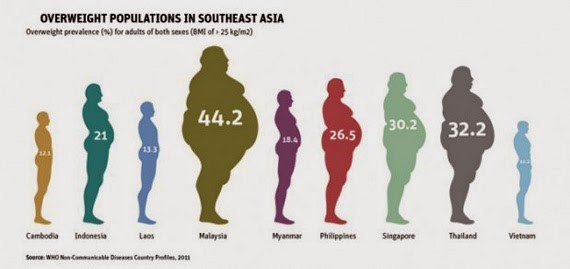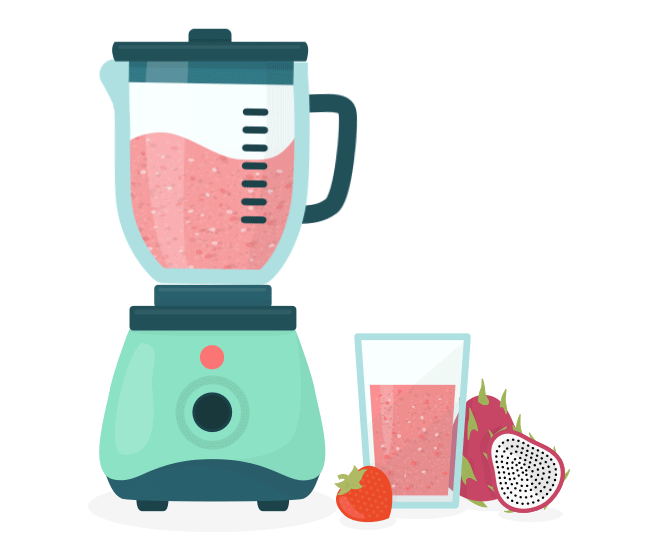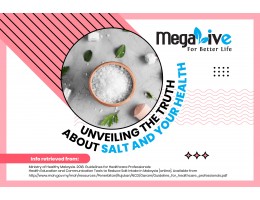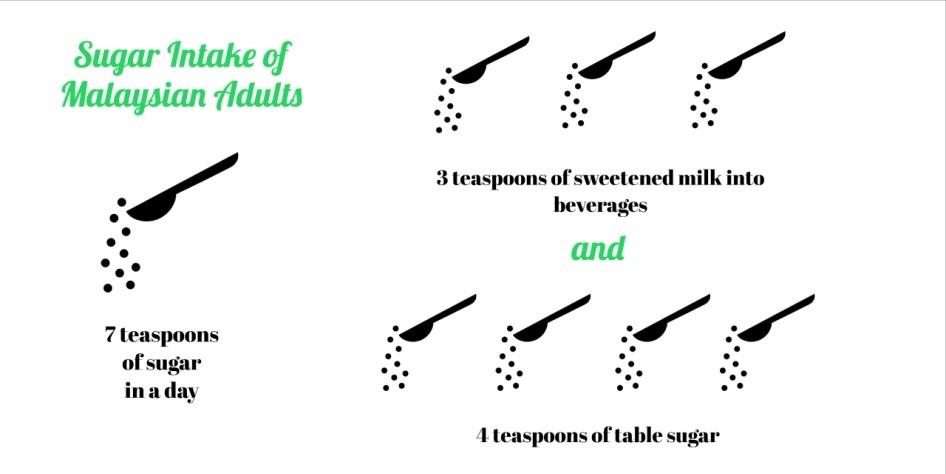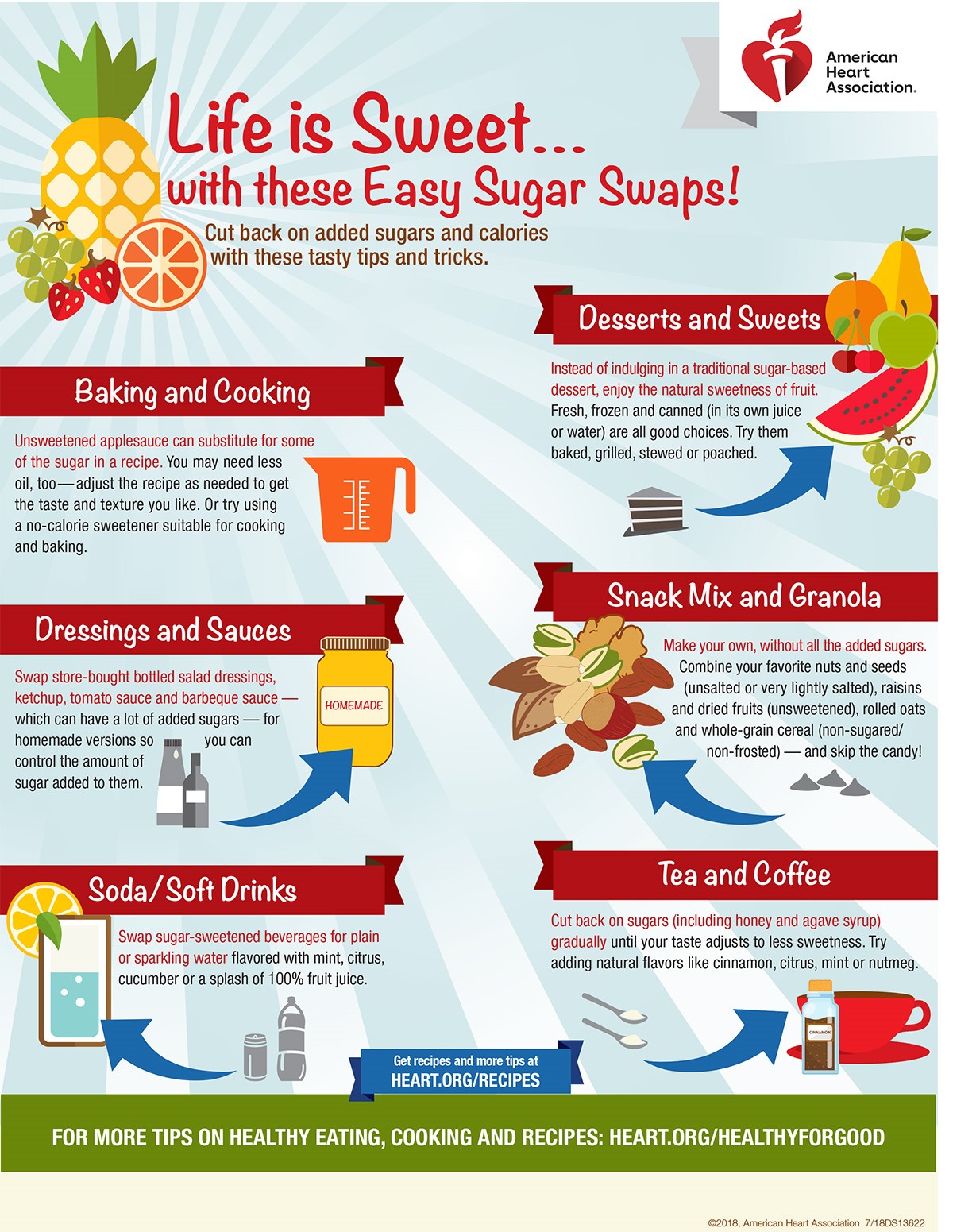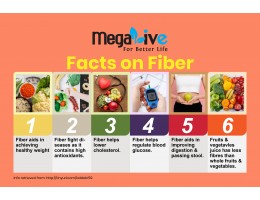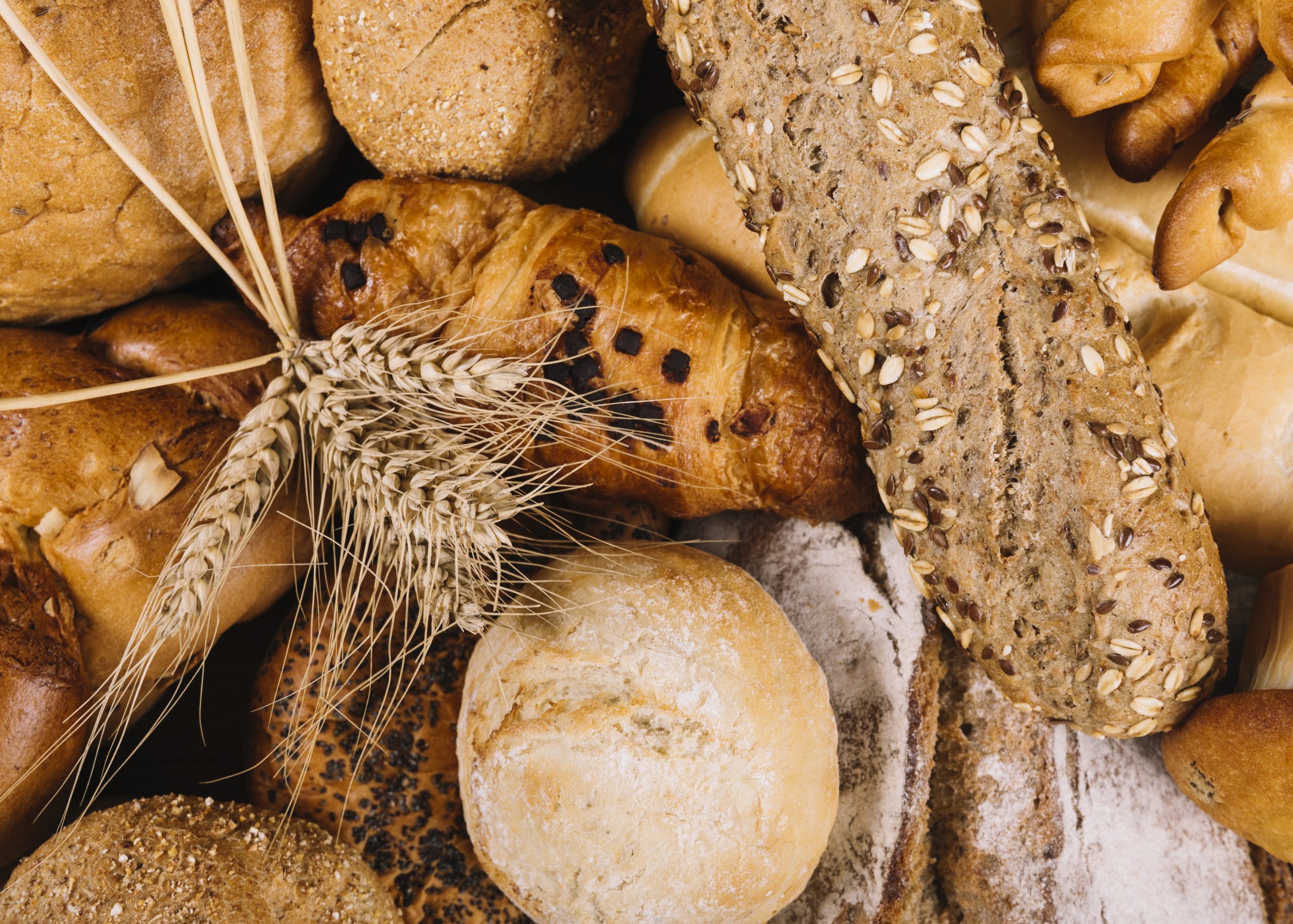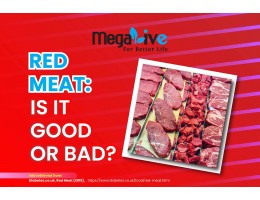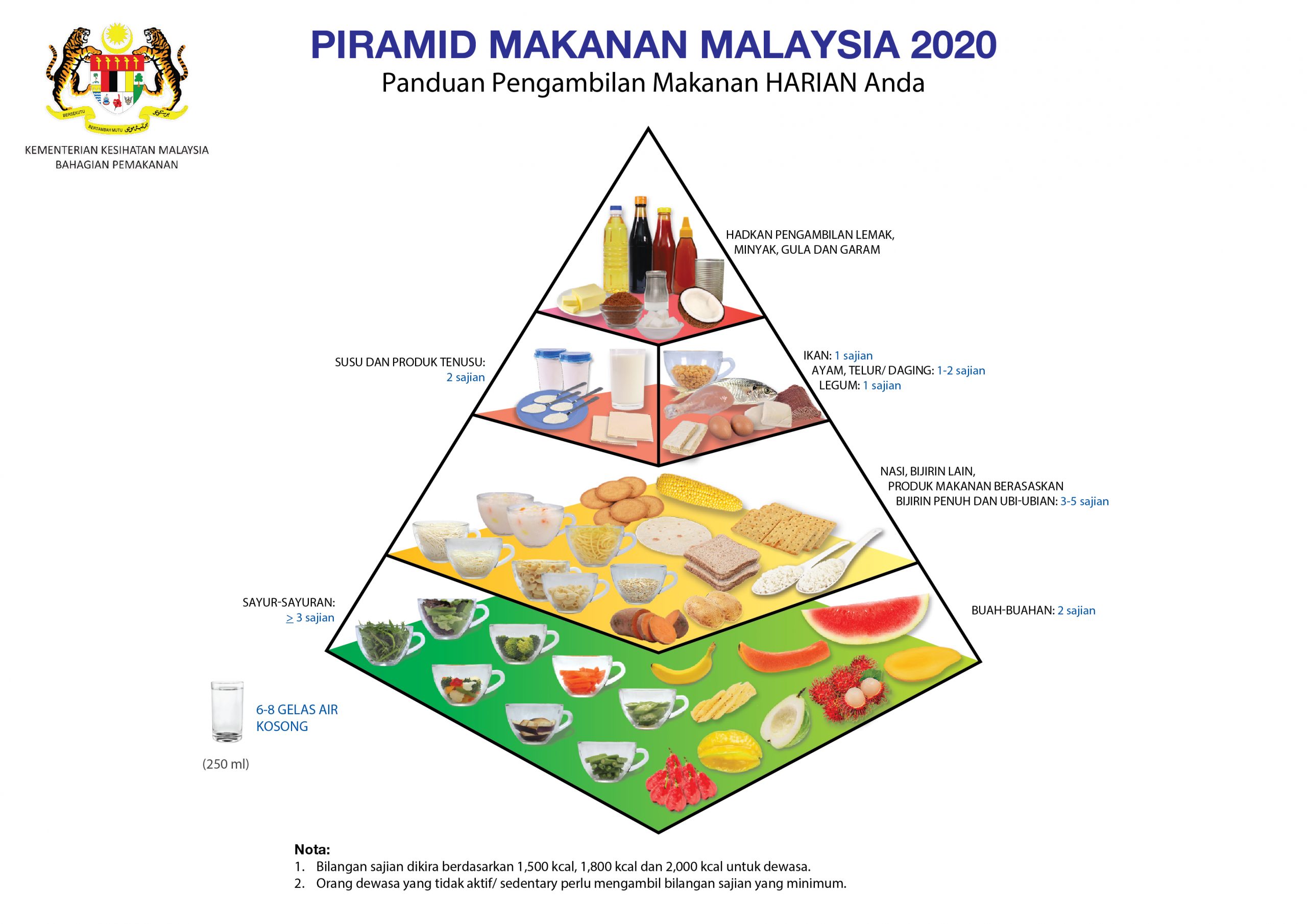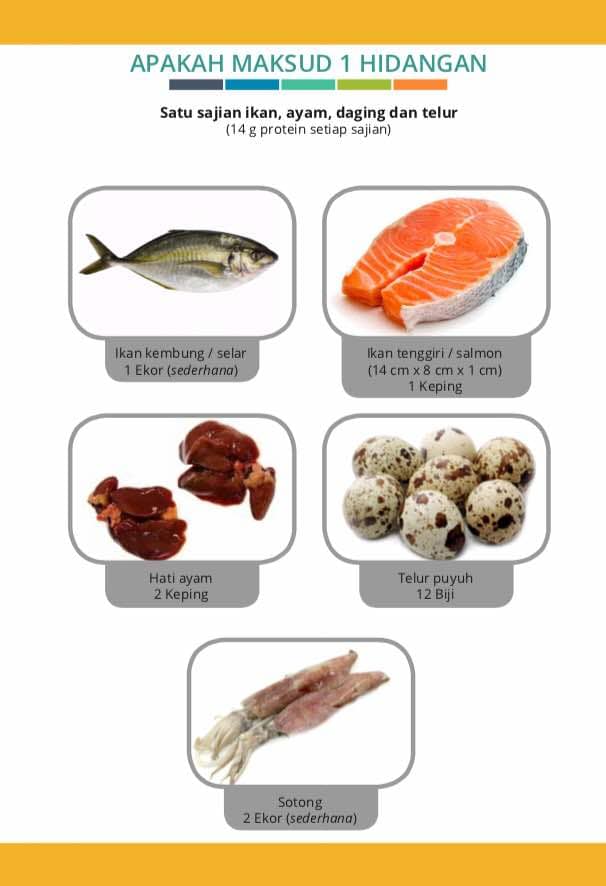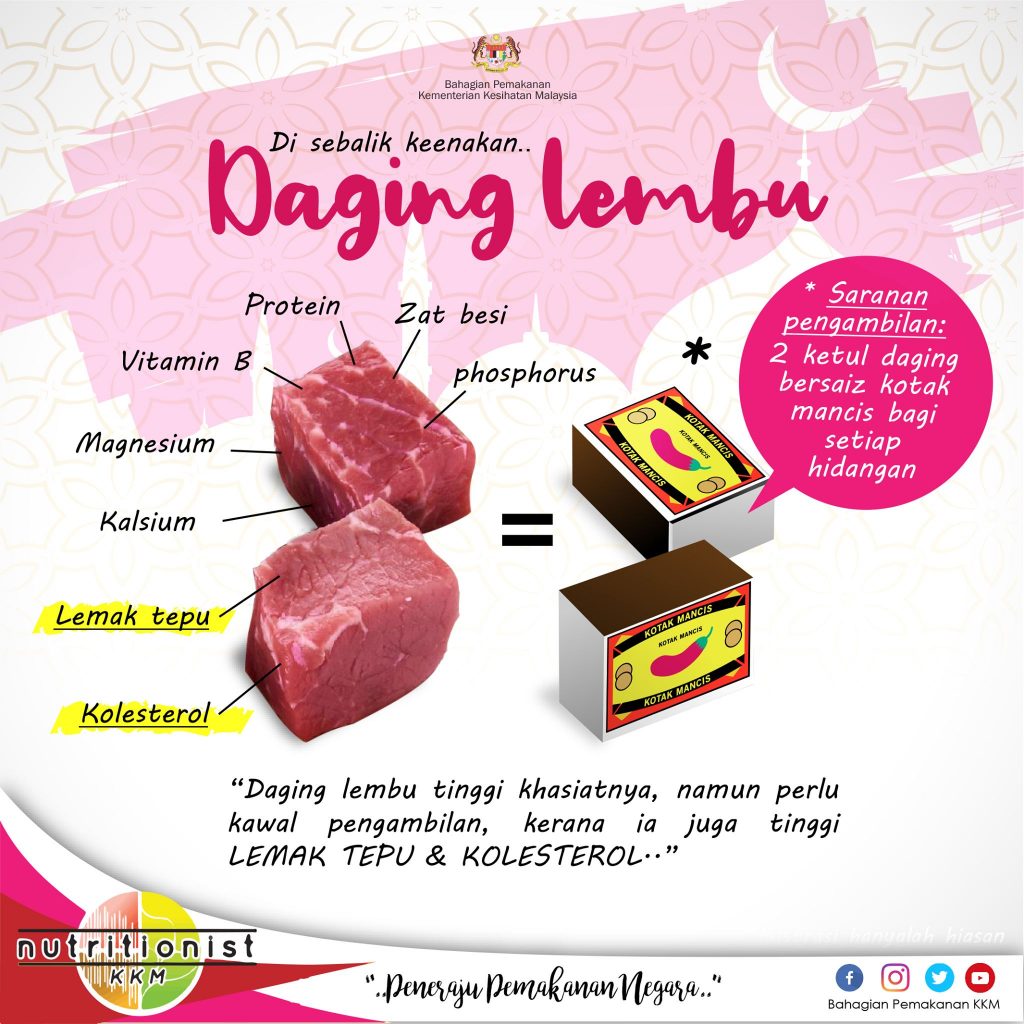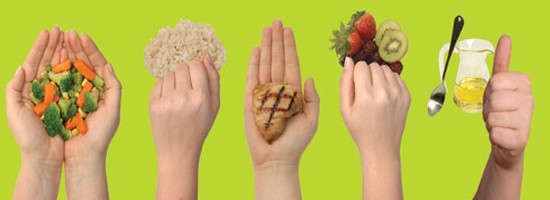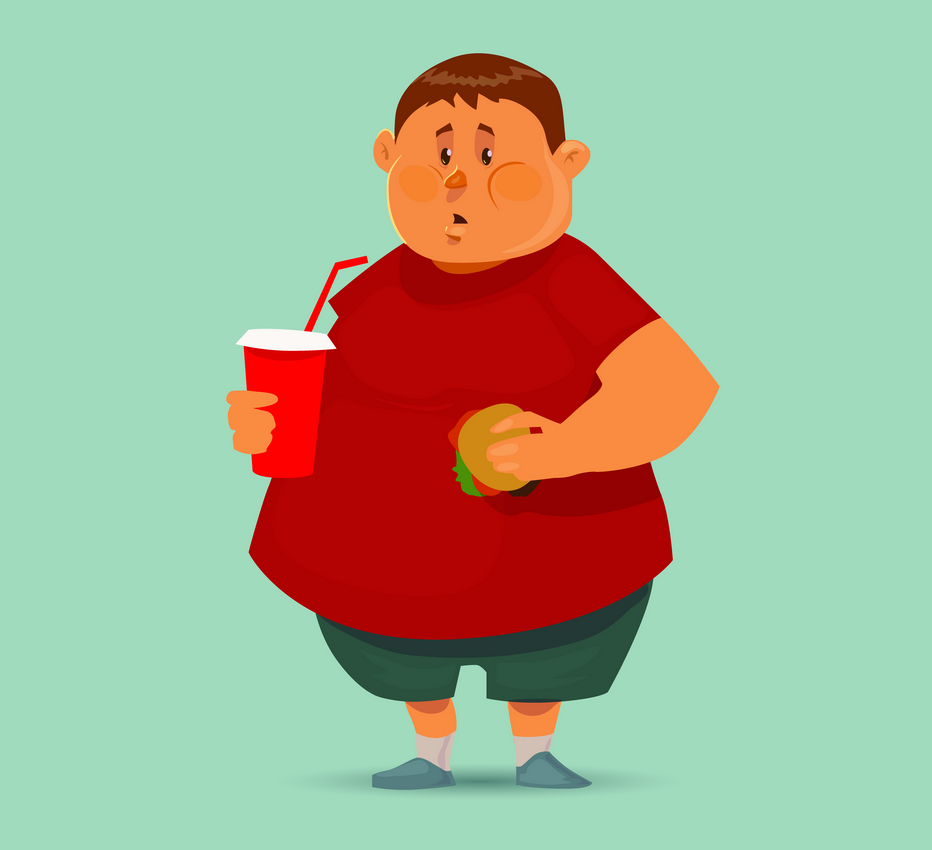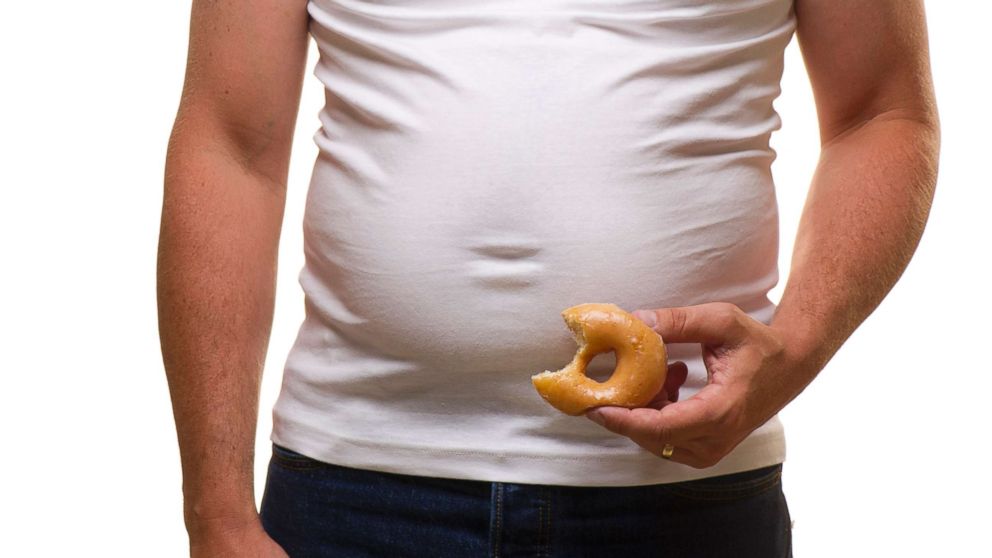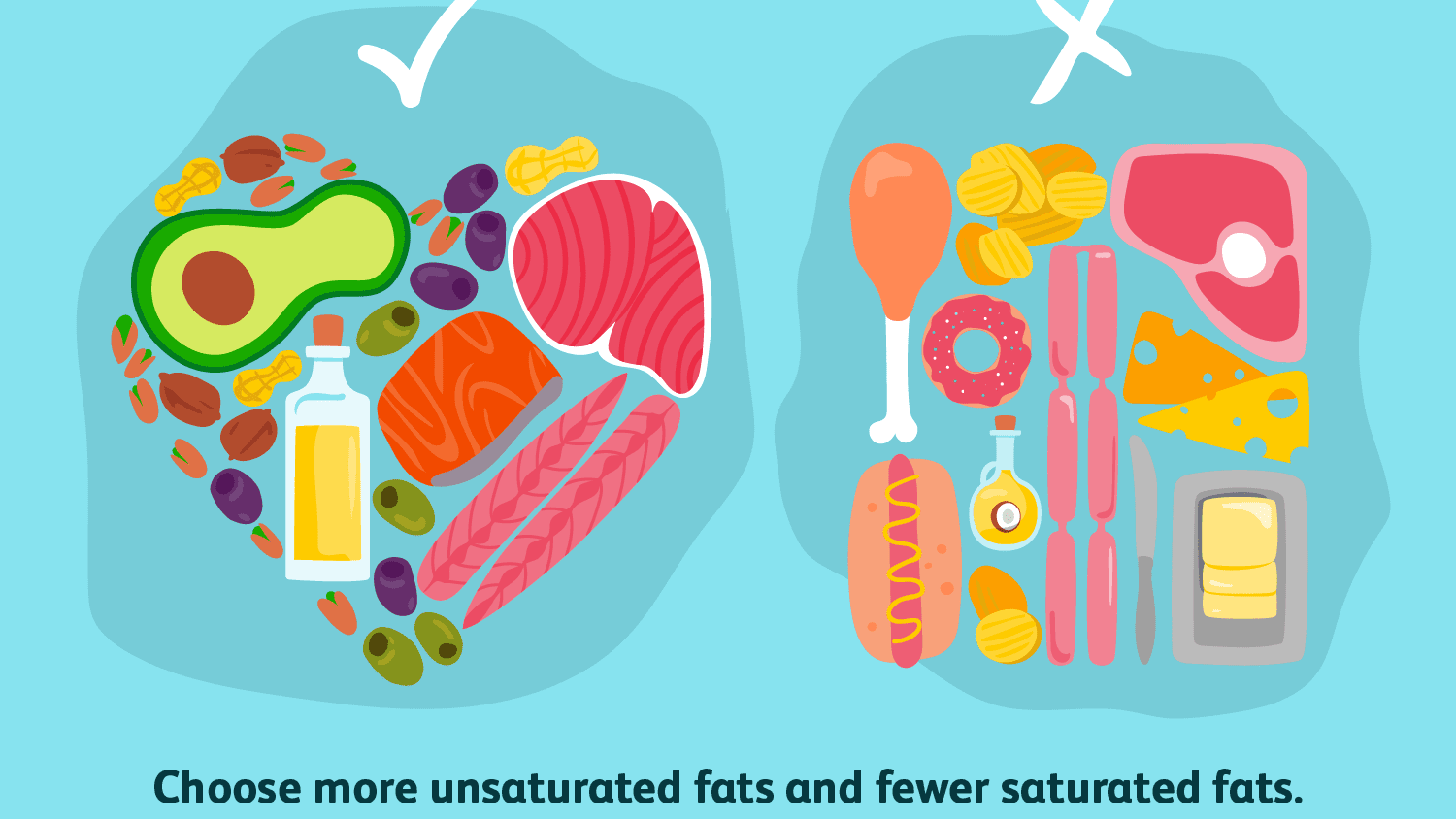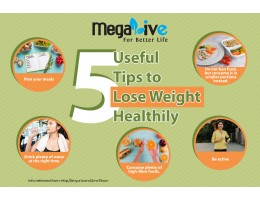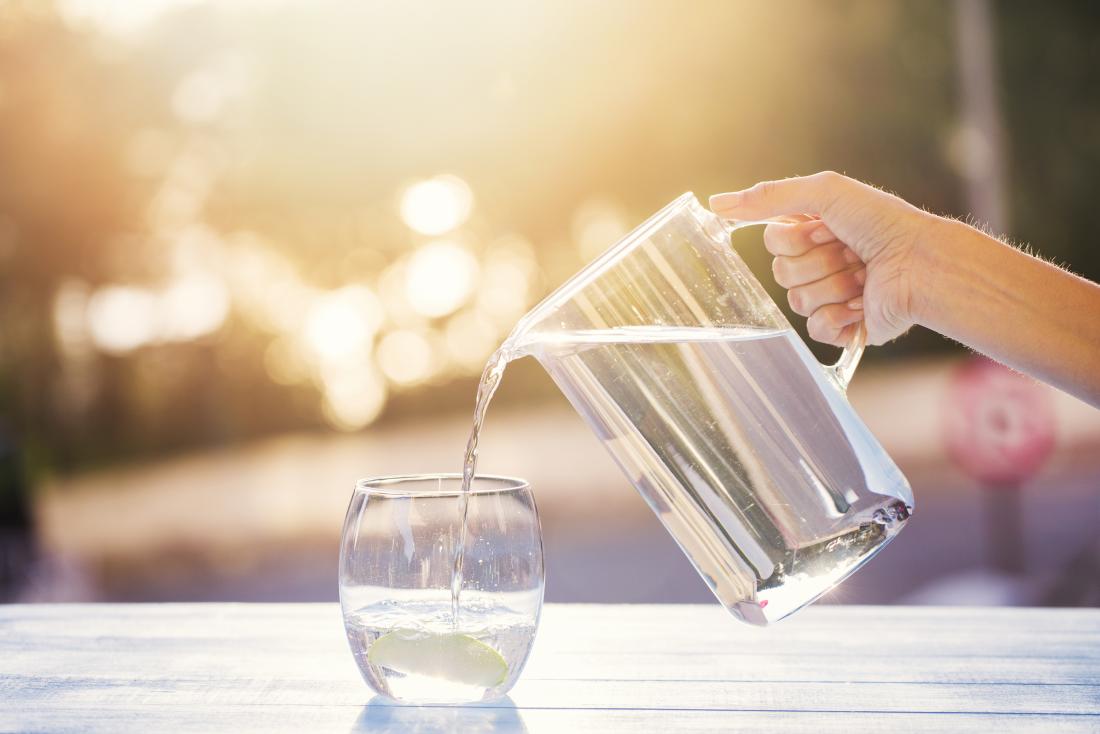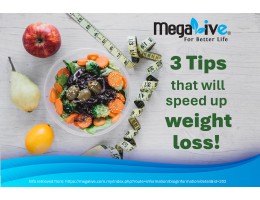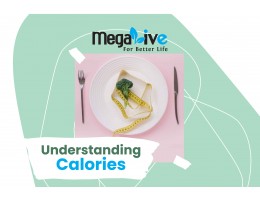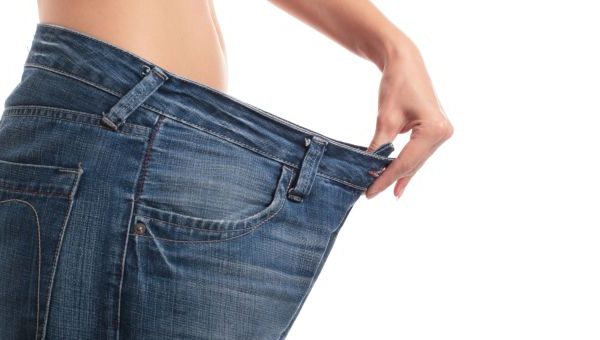The demand for healthier food is on the rise, leading to more options in the market. A Forbes report in 2017 noted that over 23 billion people engaged with food-related content, and searches for healthy food topics like vegan or gluten-free food on the internet increased by more than 100% (1).
As people increasingly look for healthier food choices, and with numerous options available, a key question emerges: How do consumers go about making the right decisions when buying healthy food? Is the "healthy" label more about marketing than the actual nutritional value of the food?
Grocery shopping might seem straightforward, but when you factor in your budget, the number of people to feed, and the need for healthier food choices, it can become a bit overwhelming—especially if there are specific food allergies or medical conditions in the household. Don't worry; we're here to simplify things and make your grocery shopping experience smoother!
-
Plan (2, 3, 5): To streamline your grocery shopping, consider planning your meals for the week. This not only helps you stick to your budget but also ensures that you make healthier food choices. Meal planning saves both time and money while guaranteeing that you and your family enjoy nutritious meals. Here's an example of a weekly meal plan for a family of two:
-
Monday:
-
Breakfast: Oatmeal with fruit
-
Lunch: Grilled chicken salad
-
Dinner: Baked fish with vegetables
-
Tuesday:
-
Breakfast: Greek yogurt with granola
-
Lunch: Quinoa and vegetable stir-fry
-
Dinner: Lentil soup and rice
-
Wednesday:
-
Breakfast: Whole grain toast with avocado
-
Lunch: Turkey and vegetable wrap
-
Dinner: Brown rice with roasted chicken
And so on for the rest of the week. Planning not only ensures a variety in your meals but also helps you make healthier choices while staying within your budget.
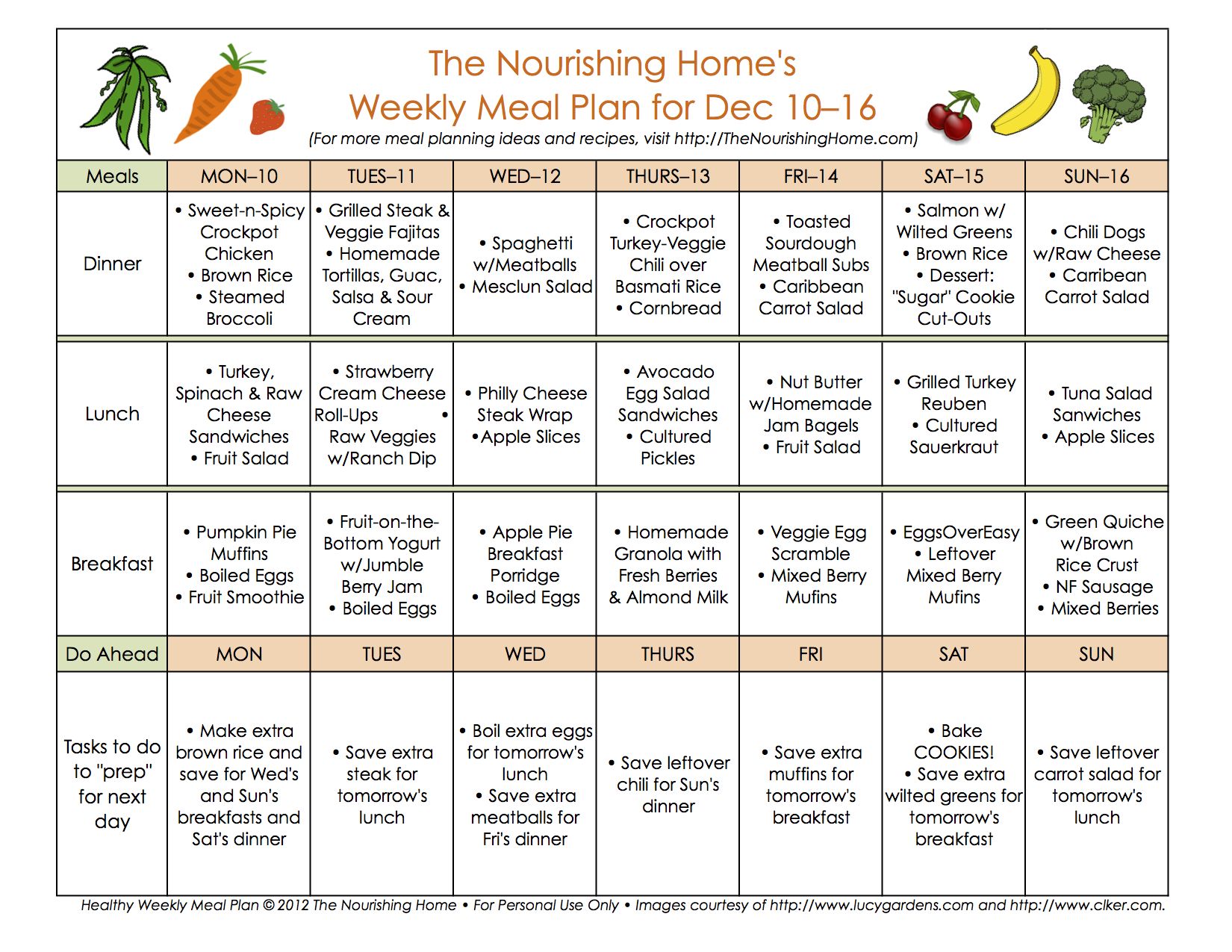
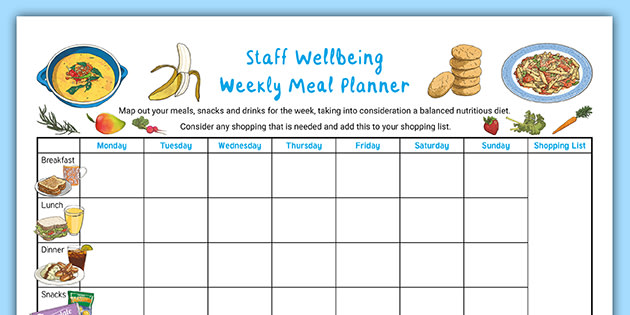
You may get this kind of template for weekly meal planner online since it can be exciting to incorporate your family members favourite dishes or try a new recipe using it. Based on this, you get to know what you need to stock in your kitchen and pantry with.
-
Looking for Healthy Food in the Market (3, 4, 5, 6, 7)
Now comes the tricky part! Once you've planned your meals for the week, consider breaking them down into food categories. Supermarkets or your local grocery store usually organize their items by class. These classes typically include carbohydrates, proteins, fats, fruits, and vegetables.
Carbohydrates (3, 4, 5)
Maintaining a healthy, balanced diet for you and your family involves consuming food in variation, balance, and moderation. When it comes to carbohydrates, ensure that your sources are diverse. Examples of carbohydrate sources include pasta, rice, bread, noodles, and certain vegetables like potatoes. Throughout the week, vary your food choices from these sources, emphasizing low glycemic index (GI) and whole-grain products over high GI options.
Glycemic Index (GI): This is a rating system for foods containing carbohydrates, indicating how quickly each food affects your blood sugar level when consumed on its own. High GI foods, like sugary items, soft drinks, white bread, potatoes, and white rice, lead to a rapid increase in blood sugar. On the other hand, low GI foods are broken down slowly, providing a gradual increase in blood sugar and promoting a longer feeling of fullness (satiety). Examples of low GI foods include green leafy vegetables, whole grains like oats and brown rice, and legumes. Incorporating a variety of these options into your weekly meals contributes to a healthier and more satisfying diet.
Protein (3,4).
Protein can be obtained from various food sources, with the commonly known options being chicken, meat, and fish. Additionally, soy-based foods like 'tauhu' and 'tempeh' are rich in protein. It's worth noting that 'tempeh,' a local soy-based food, not only boasts high protein content but is also abundant in probiotics.
When selecting meat, it's advisable to opt for white meat over red meat. This choice is driven by the fact that red meat contains elevated levels of saturated fats, which can adversely affect heart health. While occasional consumption of red meat is acceptable, moderation is key to maintaining a heart-healthy diet. Incorporating dairy products is also crucial for achieving a balanced and nutritious meal. Therefore, consider including dairy products in your diet to support overall health.
Fats (7)
Various types of cooking oils flood the market, often marketed for their low cholesterol content. But is this claim accurate? It turns out, this is largely a marketing strategy. Cooking oils like sunflower oil, canola oil, corn oil, olive oil, and even the widely used palm oil are all plant-derived. Consequently, plant-based foods generally do not contain cholesterol. Cholesterol is exclusively found in animal-based foods.
Below is the classification of cooking oil:

It is recommended to blend your cooking oils in a 1:1 ratio, ensuring an equal combination of monounsaturated and polyunsaturated fats.
Vegetables & Fruits (3,4,5).
When it comes to vegetables, it is recommended to aim for three servings per day, making them a significant portion of your market purchases to ensure everyone gets enough. However, dealing with vegetables can be a bit challenging due to their short lifespan.
Ensure that 20%-30% of your vegetable intake consists of green leafy vegetables. Although these vegetables, being a source of insoluble fiber, benefit digestion and help regulate blood glucose levels, they are also highly perishable. To diversify, consider incorporating rhizome vegetables like carrots and radishes, along with tuber vegetables such as potatoes.
Tuber vegetables are generally high in carbohydrates and aid in digestion but can cause a spike in glucose levels. Thus, exercise caution when consuming this type of vegetable.
3. Looking for LOW sodium, LOW sugar, LOW fat (6)
Always scrutinize food labels, especially for condiments. However, it is also advisable to turn to natural herbs to enhance the flavor of your dishes. Garlic, ginger, celery, spring onion, turmeric, and chili powder are examples of herbs that can elevate the taste of your meals.
Regarding condiments, it's crucial to note that "less sugar," "less salt," and "low fat" don't imply an absence of these components; rather, they signify an improved formulation from previous versions. For instance, if the previous formulation contained 30g of salt, the current one might have only 15g. Therefore, while using these reduced-salt, sugar, and low-fat condiments is a healthier choice, it's still essential to employ them in moderation for optimal health benefits.
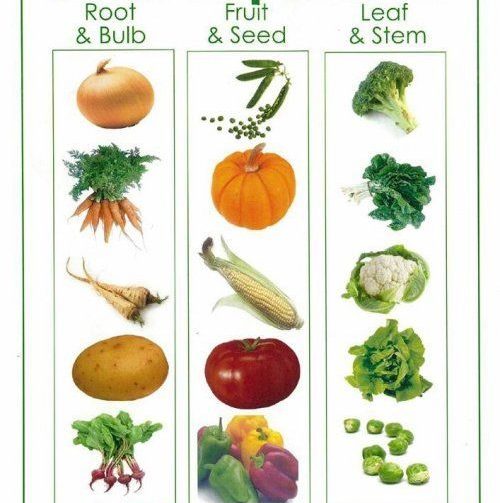
In conclusion, while purchasing healthy food is crucial for maintaining a nutritious diet, the method of cooking is equally important. Prioritize cooking techniques such as boiling, grilling, and steaming to ensure the nutritional value of your meals is preserved. Remember, taste preferences can be cultivated by training your taste buds to appreciate healthy foods. Over time, you will find yourself adapting to a healthier diet and making mindful choices that contribute to your overall well-being.
References
- How to make healthy shopping grocery list (n.d). https://www.healthline.com/nutrition/healthy-grocery-list#TOC_TITLE_HDR_5 (Accessed on August 20, 2020).
- Marketing Healthy Food: Strategies to make discovery easier (2017). https://www.forbes.com/sites/matzucker/2017/02/22/marketing-healthy-food/#4e329aa462e8 (Accessed on August 20, 2020).
- Kathleen M.Z., 10 Tips for Healthy Grocery Shopping (n.d). https://www.webmd.com/food-recipes/features/10-tips-for-healthy-grocery-shopping#1 (Accessed on August 20, 2020).
- Make a Grocery List in a Minute (n.d). https://www.webmd.com/food-recipes/guide/grocery-list#1 (Accessed on August 20, 2020).
- Food Network. Katie Allen. Smart Shopping Guide for Healthy Meals (n.d). https://www.foodnetwork.com/how-to/articles/a-guide-to-smart-supermarket-shopping-from-the-fn-kitchens (Accessed on August 20, 2020).
- Ministry of Health. My Health Portal. NurAidaliana Abas. Lemak dan Kolesterol (2015). http://www.myhealth.gov.my/lemak-dan-kolesterol/ (Accessed on August 20, 2020).
- National Health Service (NHS). What is the Glycemic Index (GI) (2018). https://www.nhs.uk/common-health-questions/food-and-diet/what-is-the-glycaemic-index-gi/ (Accessed on August 20, 2020).
